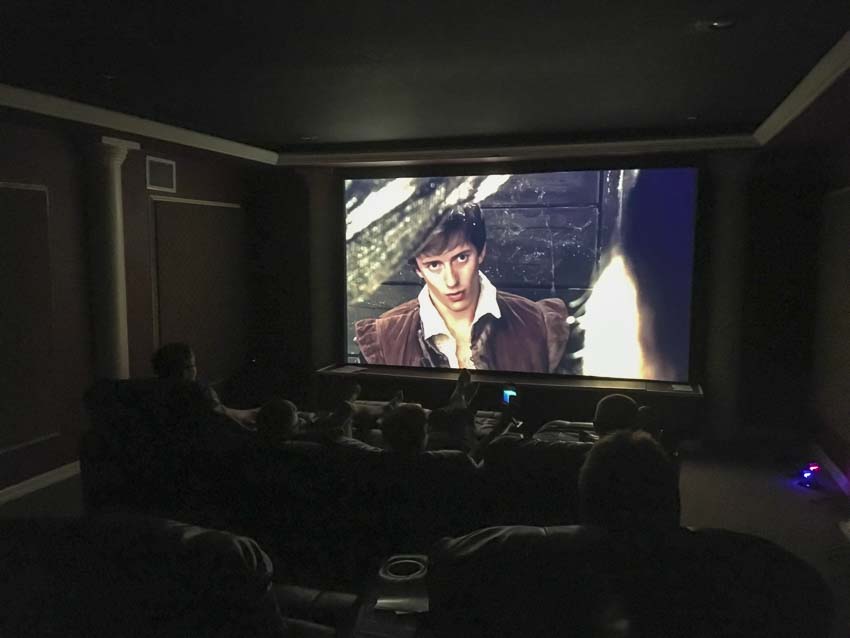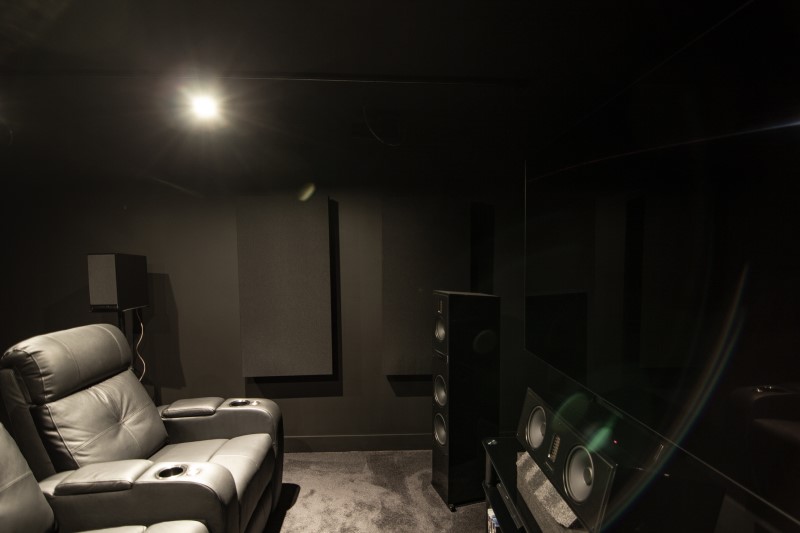Preventing Eye Fatigue in your Home Theater
Do you find yourself rubbing your eyes after watching TV for a couple of hours? Do you get headaches? Watery eyes? Sensitivity to light, neck or headaches, and blurred vision? No, this is not a list of drug interactions (though it probably could be). These are symptoms of eye fatigue. Eye fatigue happens when you are using your eyes intensely. It shouldn’t happen when you are watching TV. But if you do experience eye fatigue at home, we have ways to prevent it.
Author’s Note: There is a lot of talk out there (especially in the media) about blue light and how it can contribute to eye fatigue. There has been no empirical evidence that links blue light to eye fatigue. Regardless, you’ll see claims that projectors (because the light is reflected) are somehow better than direct view displays (like flat-panel TVs). Put no stock in these claims. They are out to sell you something (usually projectors). If you want to prevent eye fatigue in your home theater, our recommendations actually work.
Get Your Eyes Checked
This may seem obvious, but someone out there needs to hear it. If you haven’t had your vision checked recently, schedule an appointment. Your vision could have been slowly getting worse for years and you’ve never noticed. If everything you look at is a little blurry because of your vision, the eye fatigue may have nothing to do with your home TV setup. You can prevent your eye fatigue by getting some glasses. Easy fix!
Author’s Note: If you have a projector, you might want to double-check your focus. A little misadjustment in the focus can create the same effect. If you like subtitled movies, a slightly out-of-focus image can quicly lead to eye fatigue.
Proper Sized Screen
The number one way we know that people experience eye fatigue is by having too large of a screen. If your screen is too large, you will be forced to move your eyes to see the edges of the screen. This happens most often in projection setups where people measure their wall and fit a screen to it rather than getting the correct sized screen. You can prevent eye fatigue by installing a screen or TV that is the right size for your seating distance in your home.

Adjust Calibration
Did you buy a new TV, take it out of the box, and turn it on? Most TVs default to what enthusiasts call “torch mode.” This gives the brightest possible picture. This looks great on the showroom floor, but it is far too bright for the home. While you might not be moving your eyes, the increased brightness is causing your iris to contract and expand far more often than it should. This is making your eyes work much more than necessary. You can look up the recommended settings for your display, but, in general, look for any mode that uses words like “cinema,” “warm,” “ISF,” “dark,” or similar in their names. These will normally get you a much more accurate contrast and brightness setting. If you are really serious, consider hiring a professional calibrator. They will definitely know how to calibrate your home theater display to prevent eye fatigue.

Add Bias Lighting
If you are serious about home theater, you know you want as much light control as possible. Some people even go so far as to paint everything black. This maximizes contrast. It can also maximize eye fatigue.

These black-box home theater rooms are great for contrast (especially when you are using a projector) but can accentuate rather than prevent eye fatigue. To combat that, you may want to add a bit of bias lighting. Bias lighting adds a little bit of light around the edge of the screen so that your eyes don’t have to adjust as much when going from super dark to super bright images. They also help in contrast, so all your work painting wasn’t all for waste!
Taking Breaks
If you do all of the above and still have issues with eye fatigue, it is time to take a break. Are you trying to watch all three of the Lord of the Rings (extended edition) movies in one sitting? That may be too much for anyone’s eyes. Taking breaks is the number one way to alleviate eye fatigue. Make some popcorn, discuss the omission of Tom Bombadil, or discuss whether or not Smeagol was the real hero of the movies. You know, normal stuff.


